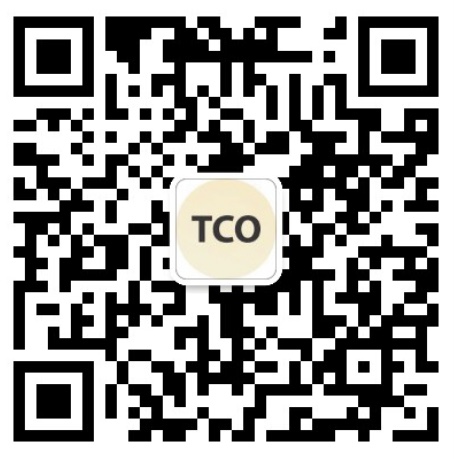Interpretation of the latest data of the Internet of Things
Recently, the market research organization IoT Analytics released a report on the IoT market summary and future forecast in 2022, providing insight into multiple aspects of the IoT. According to the report, the number of global IoT connections increased by 18% to 14.3 billion in 2022, and is expected to grow by 16% in 2023, eventually reaching 16 billion connections. In the next few months, this 16% growth rate, or nearly 2.3 billion new IoT devices, will constitute the source of growth for the IoT industry.
>Internet of things distribution: WiFi, Bluetooth and cellular networks account for 80% of the share!
Although there are many connection methods behind the Internet of Things, after years of development, it is still a small number of technologies that form large-scale applications. According to the tracking data of IoT Analytics, global IoT connections are dominated by three key technologies, namely WiFi, Bluetooth, and cellular networks, which account for nearly 80% of the IoT connections supported by these three technologies.
Let’s first look at WiFi. According to IoT Analytics, WiFi accounts for 31% of all IoT connections. WiFi technology and devices are also constantly evolving. In 2022, more than half of the world's WiFi devices will be based on the latest WiFi 6 and WiFi 6E technologies. These technologies are expected to achieve faster and more reliable wireless connections, and their application in corresponding scenarios has continuously improved. Communication efficiency between IoT devices improves user experience and overall performance. In all IoT scenarios, WiFi technology is leading the way for IoT connectivity in areas such as smart homes, smart buildings, and healthcare.
Bluetooth technology has grown into the second largest market for IoT connections, with IoT Analytics data showing that 27% of global IoT connections rely on Bluetooth. Among them, Bluetooth Low Energy (BLE) has been evolving to continuously reduce the energy consumption of devices while maintaining reliable connections. Currently, BLE has become the preferred choice for battery-operated IoT devices such as smart home sensors and asset tracking devices. Even IO-Link wireless technology in the industrial sector is showing increasing interest in Bluetooth, allowing wireless communication between sensors/actuators and I/O masters.
The transmission distance of WiFi and Bluetooth is relatively short. Among the long-distance IoT connection technologies, the cellular IoT accounts for the highest proportion. IoT Analytics data shows that cellular IoT (including 2G, 3G, 4G, 5G, LTE-M and NB-IoT) currently accounts for nearly 20% of global IoT connections, and global cellular IoT connections will grow by 27% year-on-year in 2022, greatly Exceeding the growth rate of global IoT connections. This growth is due to the large-scale adoption of technologies such as LTE-M, NB-IoT, LTE Cat 1 and LTE Cat 1 bis. Of course, behind this is the background of the global withdrawal of 2G and 3G. IoT Analytics mentioned that although 5G module shipments will increase by more than 100% year-on-year in 2022, the growth rate is still lower than many people's expectations.


